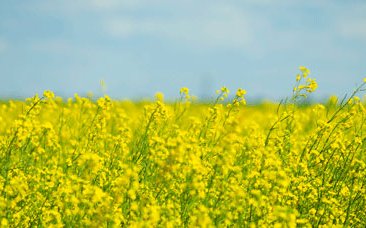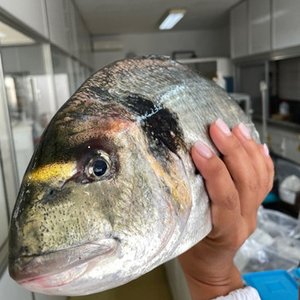Canola meal that remains after oil extraction becomes animal feed but the meal has a low protein content and contains high levels of fiber that many animals cannot digest. Canadian scientists have uncovered the potential for increasing healthy protein content and reducing fiber and anti-nutritional compounds in canola. By modifying the plant's DNA through conventional mutation breeding, a selection process involving the introduction of mutations through the action of physical treatments or mutagenic chemical agents known as conventional mutagenesis, scientists can expand the use of canola meal for livestock, poultry and fish, boosting the value of the crop.
A National Research Council of Canada (NRC) team at the Aquatic and Crop Resource Development Research Centre, collaborating with Corteva Agriscience over the past three years, has made exciting progress toward that goal. NRC researchers have produced more than 7,000 mutagenized lines in their facilities. Corteva planted all of them in the field, collected the seeds, analyzed them for various traits or phenotypes, and identified more than 50 lines with increased protein, reduced fiber and reductions in anti-nutritional compounds.
“Most of our animal diets are protein-based, so increasing seed protein content is very helpful,” said Sateesh Kagale, who's leading the project and is the team lead for Advanced Data Analytics in the NRC's Aquatic and Crop Resource Development Research Centre.
“At the moment, canola meal contains about 37% protein, whereas soybean has about 46%,” Kagale said. “This shows that the potential to increase canola meal's protein content is at least ten percentage points.” Sateesh points out that, so far, the researchers have identified some lines with increased meal protein (up to 7 percentage points). Others are showing as much as a six-percentage point reduction in fiber content.
“Over the past three years, we've grown all the lines in multiple field environments to confirm that we've created the right phenotypes,” added Steven King, research director of Seed Product Development at Corteva Agriscience. Once a new trait is identified, that line is cross-pollinated with elite Corteva germplasm to incorporate the new trait into the commercial breeding material. “We'll be continuing this process with additional lines over the next few years in different seasons,” said Steven. Any improvements in protein content will, therefore, have a significant impact on the value chain.
But the benefits will stretch far beyond Canada's borders. “If you have a line with higher oil and protein content, farmers can get better prices for their crops,” said Paul Wiebe, director of the NRC's Sustainable Protein Production Program. "And with the growing demand for more protein content, we'll be able to sell the canola to more countries.
“This is one of our larger initiatives for increasing the value of plant-based proteins and their co-products to move them up the value chain,” said Wiebe. This initiative is supported by the NRC's Sustainable Protein program and aligned with the industry's global innovation cluster, Protein Industries Canada, and with the broader plant-based protein sector.
“We've also established a canola functional genomics platform that could serve as a resource for rapid trait discovery, characterization and optimization and use the knowledge and germplasm to devise other traits as well,” added Sateesh, and that opens up new horizons for feed, food and fuel.













